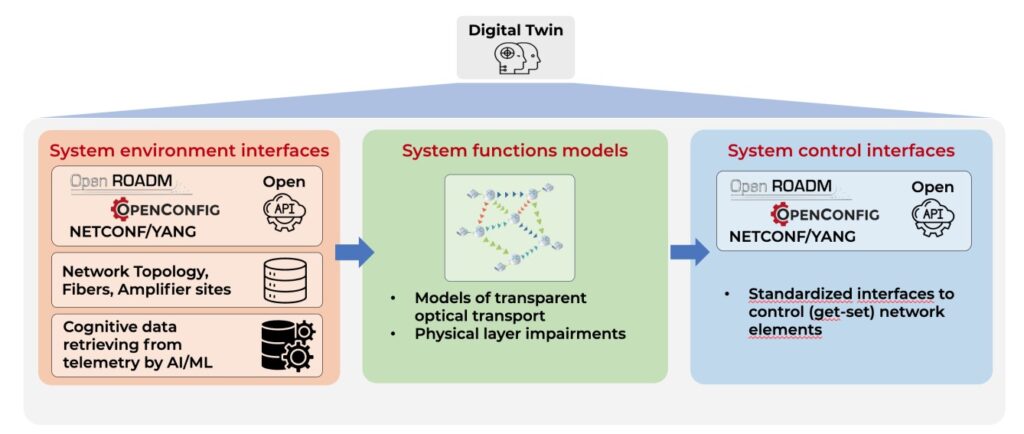In ALLEGRO, we’re redefining how optical networks are managed and optimized through the development of a Physical Layer Digital Twin (DT)—a core component for enabling software-defined, data-driven network control.
🔬 What is a Digital Twin in Optical Networks?
A Digital Twin is a set of dynamic, data-driven models that emulate the real-time behavior and performance of the physical layer. In optical transport, this includes:
- Transponders, EDFAs, ROADMs, and fibre links
- Network impairments and signal degradations
- Topological and operational data gathered in real time
🌐 Key Components of the ALLEGRO PHY-DT:
- Physics-based and AI-enhanced models for Quality-of-Transmission (QoT) prediction
- Digital Shadow: continuously updated state of the network (topology + NE data)
- Telemetry Integration: ingesting real-time data from open protocols and models
- Control Interfaces: APIs that allow the DT to assist in automated, optimized decision-making
🔧 Built on GNPy (open-source transmission modeling tool), our DT provides:
✅ As-a-Service architecture
✅ Real-time QoT estimation
✅ Intelligent support for provisioning, fault prediction, and performance optimization
This Digital Twin architecture is a foundational element for making optical networks adaptive, self-optimizing, and resilient—paving the way for autonomous optical infrastructure.
📈 From planning to live operations, ALLEGRO’s Physical Layer DT brings network intelligence to life.
#ALLEGROProject #DigitalTwin #OpticalNetworks #PHYDT #QoTEstimation #Telemetry #SoftwareDefinedNetworking #GNPy #AIinNetworking #NetworkAutomation #TelecomInnovation #OpenSourceNetworking #SmartInfrastructure #HorizonEurope

